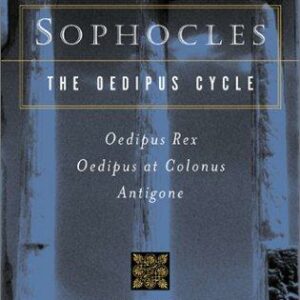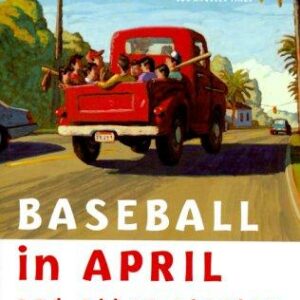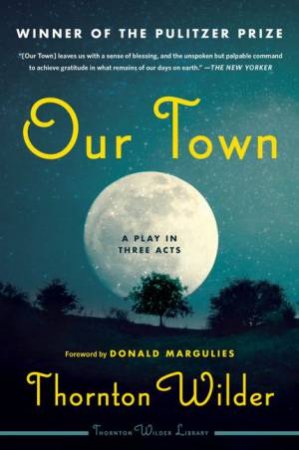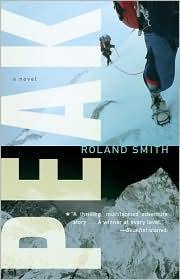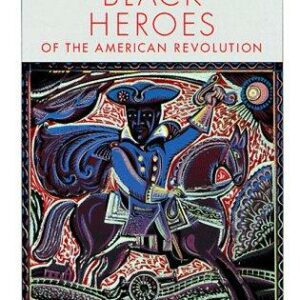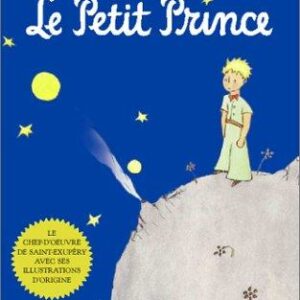Border Tunnels
$112.00
| Title | Range | Discount |
|---|---|---|
| Trade Discount | 5 + | 25% |
- Description
- Additional information
Description
A comparative media analysis of the representation of the U.S.–Mexico border
Border tunnels at the U.S.–Mexico border are ubiquitous in news, movies, and television, yet, because they remain hidden and inaccessible, the public can encounter them only through media. Analyzing the technologies, institutional politics, narrative tropes, and aesthetic decisions that go into showing border tunnels across multiple forms of media, Juan Llamas-Rodriguez argues that we cannot properly address border issues without attending to—and fully understanding—the fraught relationship between their representation and reality.
Llamas-Rodriguez reveals that every media text about border tunnels, whether meant for entertainment, cable news, video games, or speculative design, implicitly takes a position on the politics of the border. The examples laid out in Border Tunnels will teach readers how to look differently at the border as it is commonly presented in various forms of media, from ABC’s Nightline and CNN’s Anderson Cooper 360º to reality TV, propaganda videos, and even digital effects in Hollywood action films. Llamas-Rodriguez examines how creative decisions in the production, promotion, and distribution of these media texts either emphasize or downplay issues such as border security, racial dynamics of migration, and sustainability of the borderlands. Focusing on tunnels to show how media representations can influence all kinds of audiences—even those physically near the border—Border Tunnels helps us make sense of this pressing social issue, ultimately advancing understanding of the U.S.–Mexico border in all of its complexity and precariousness. Juan Llamas-Rodriguez is assistant professor of global media in the Annenberg School for Communication and affiliated faculty with the Center for Latin American and Latinx Studies at the University of Pennsylvania.
Contents Introduction: A Media Theory of the Border Tunnel 1. TV News and Spectacle 2. Reality TV and Performativity 3. Digital Animation and Plasticity 4. First-Person Shooters and Racialization 5. Speculative Design and Sustainability Conclusion: Media Theory from the Border Tunnel Acknowledgments Notes Index
Additional information
| Weight | 1 oz |
|---|---|
| Dimensions | 1 × 6 × 9 in |


